D S Guru
Cluster Based Symbolic Representation for Skewed Text Categorization
Jun 24, 2017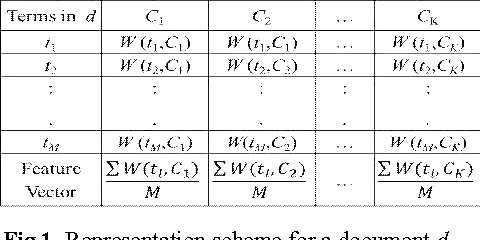

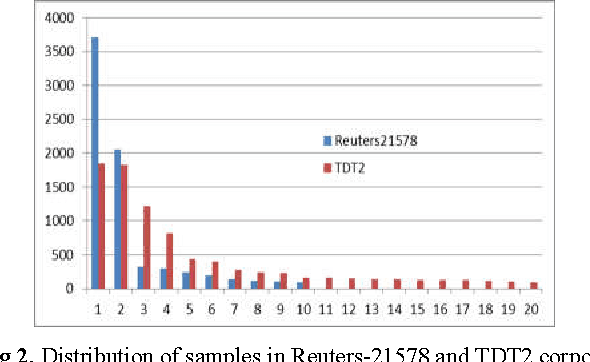

Abstract:In this work, a problem associated with imbalanced text corpora is addressed. A method of converting an imbalanced text corpus into a balanced one is presented. The presented method employs a clustering algorithm for conversion. Initially to avoid curse of dimensionality, an effective representation scheme based on term class relevancy measure is adapted, which drastically reduces the dimension to the number of classes in the corpus. Subsequently, the samples of larger sized classes are grouped into a number of subclasses of smaller sizes to make the entire corpus balanced. Each subclass is then given a single symbolic vector representation by the use of interval valued features. This symbolic representation in addition to being compact helps in reducing the space requirement and also the classification time. The proposed model has been empirically demonstrated for its superiority on bench marking datasets viz., Reuters 21578 and TDT2. Further, it has been compared against several other existing contemporary models including model based on support vector machine. The comparative analysis indicates that the proposed model outperforms the other existing models.
Term-Class-Max-Support : A Simple Text Document Categorization Approach Using Term-Class Relevance Measure
Oct 16, 2016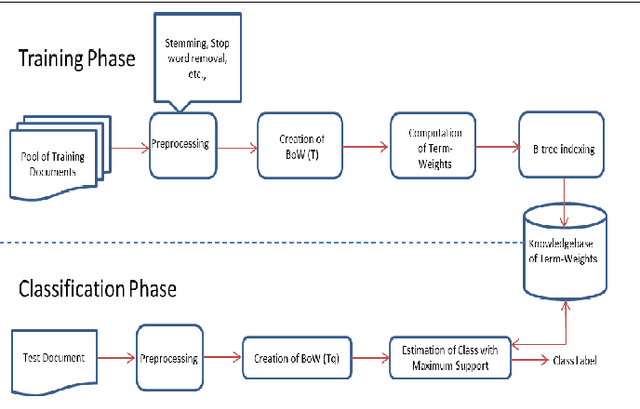
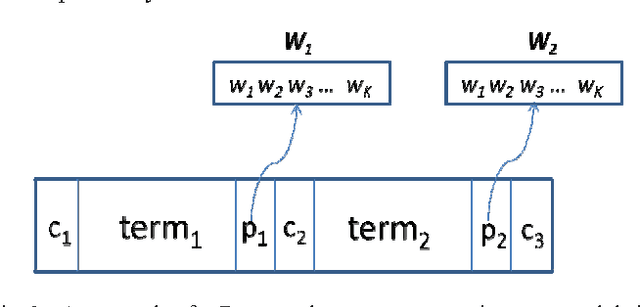
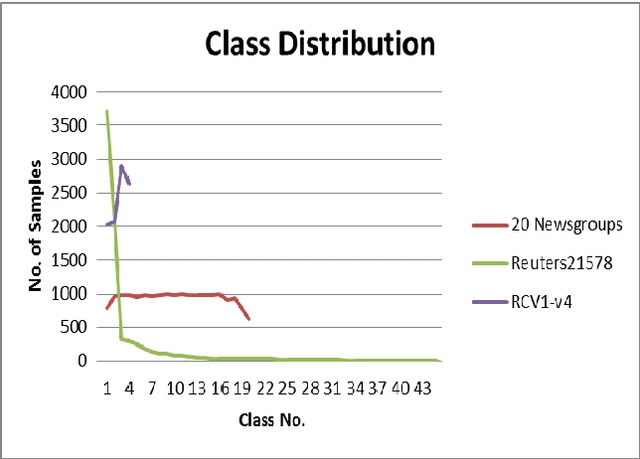
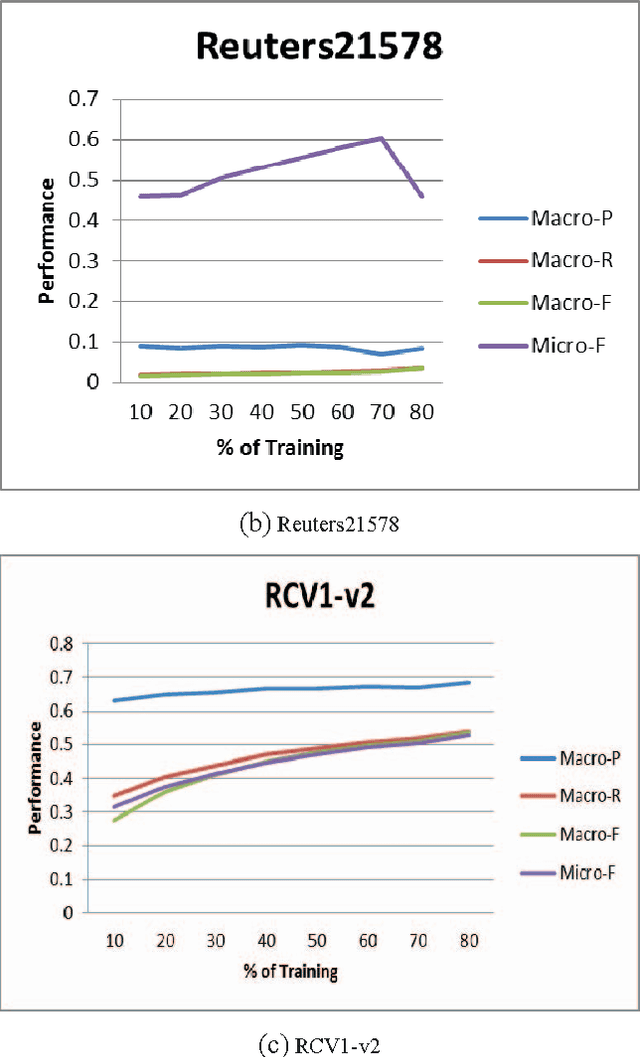
Abstract:In this paper, a simple text categorization method using term-class relevance measures is proposed. Initially, text documents are processed to extract significant terms present in them. For every term extracted from a document, we compute its importance in preserving the content of a class through a novel term-weighting scheme known as Term_Class Relevance (TCR) measure proposed by Guru and Suhil (2015) [1]. In this way, for every term, its relevance for all the classes present in the corpus is computed and stored in the knowledgebase. During testing, the terms present in the test document are extracted and the term-class relevance of each term is obtained from the stored knowledgebase. To achieve quick search of term weights, Btree indexing data structure has been adapted. Finally, the class which receives maximum support in terms of term-class relevance is decided to be the class of the given test document. The proposed method works in logarithmic complexity in testing time and simple to implement when compared to any other text categorization techniques available in literature. The experiments conducted on various benchmarking datasets have revealed that the performance of the proposed method is satisfactory and encouraging.
A Novel Term_Class Relevance Measure for Text Categorization
Sep 14, 2016



Abstract:In this paper, we introduce a new measure called Term_Class relevance to compute the relevancy of a term in classifying a document into a particular class. The proposed measure estimates the degree of relevance of a given term, in placing an unlabeled document to be a member of a known class, as a product of Class_Term weight and Class_Term density; where the Class_Term weight is the ratio of the number of documents of the class containing the term to the total number of documents containing the term and the Class_Term density is the relative density of occurrence of the term in the class to the total occurrence of the term in the entire population. Unlike the other existing term weighting schemes such as TF-IDF and its variants, the proposed relevance measure takes into account the degree of relative participation of the term across all documents of the class to the entire population. To demonstrate the significance of the proposed measure experimentation has been conducted on the 20 Newsgroups dataset. Further, the superiority of the novel measure is brought out through a comparative analysis.
* 12 pages, 6 figures, 2 tables
Delaunay Triangulation on Skeleton of Flowers for Classification
Sep 06, 2016



Abstract:In this work, we propose a Triangle based approach to classify flower images. Initially, flowers are segmented using whorl based region merging segmentation. Skeleton of a flower is obtained from the segmented flower using a skeleton pruning method. The Delaunay triangulation is obtained from the endpoints and junction points detected on the skeleton. The length and angle features are extracted from the obtained Delaunay triangles and then are aggregated to represent in the form of interval-valued type data. A suitable classifier has been explored for the purpose of classification. To corroborate the efficacy of the proposed method, an experiment is conducted on our own data set of 30 classes of flowers, containing 3000 samples.
* 10 pages, 5 figures, 1 table
 Add to Chrome
Add to Chrome Add to Firefox
Add to Firefox Add to Edge
Add to Edge